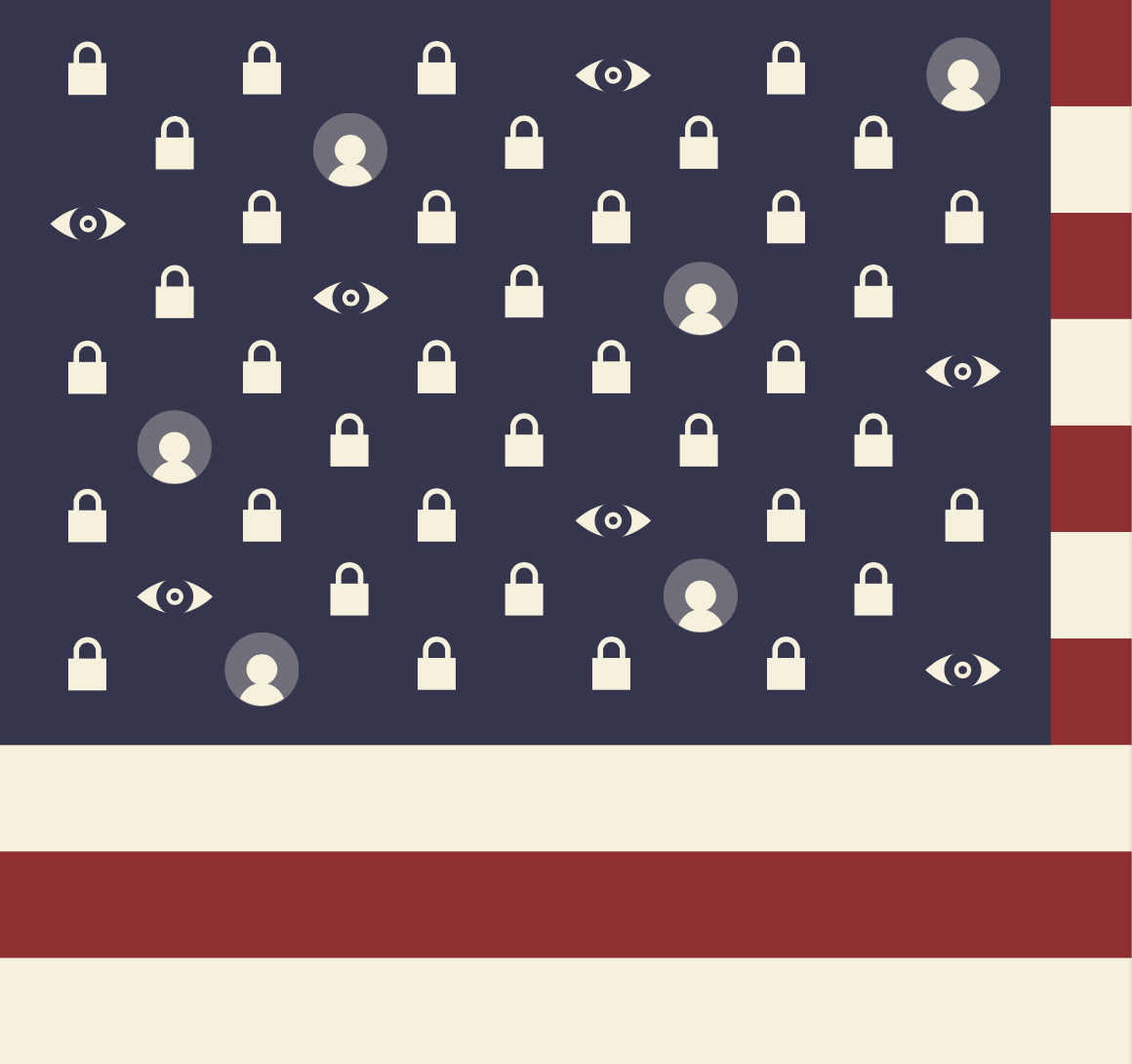A Brief Introduction to Fair Information Practices
Information about fair information practices.


Information about fair information practices.
Genetic privacy | SACGHS — The World Privacy Forum filed extensive comments with the Secretary’s Advisory Committee on Genetics, Health and Society (SACGHS) regarding its draft report on genetic testing oversight, U.S. System of Oversight of Genetic Testing: A Response to the Charge of the Secretary of HHS. The World Privacy Forum requested SACGHS pay more attention in its final report to the privacy consequences of unregulated genetic testing that occurs outside the health care sector. The WPF comments note that current and proposed remedies for the misuse of genetic information tend to focus on the use of the information within the health care treatment, payment, and insurance systems. What is crucially important is to analyze how to protect genetic information in the realm of commercial collection, maintenance, use and disclosures. Another area the comments discuss is the potential for new forms of fraudulent activity related to genetic testing (Phantom genetic testing, that is, genetic tests marketed to consumers that are not even real or viable genetic tests.) The World Privacy Forum specifically recommended that the National Committee on Vital and Health Statistics be tasked with looking at this matter, that an independent pre-market assessment mechanism is created for genetic tests offered outside the clinical setting, and that privacy be expressly discussed in the overarching recommendations in the final report.
Fair Information Practices — The World Privacy Forum has updated its page on Fair Information Practices to include the new work by Robert Gellman in this area. His article, Fair Information Practices: A Basic History, December 2007, is an important history of the development of Fair Information Practices. It includes information that even experts familiar with FIPs may not know.
The World Privacy Forum filed extensive comments with the Secretary’s Advisory Committee on Genetics, Health and Society (SACGHS) regarding its draft report on genetic testing oversight, U.S. System of Oversight of Genetic Testing: A Response to the Charge of the Secretary of HHS. The World Privacy Forum requested SACGHS pay more attention in its final report to the privacy consequences of unregulated genetic testing that occurs outside the health care sector. The WPF comments note that current and proposed remedies for the misuse of genetic information tend to focus on the use of the information within the health care treatment, payment, and insurance systems. What is crucially important is to analyze how to protect genetic information in the realm of commercial collection, maintenance, use and disclosures. Another area the comments discuss is the potential for new forms of fraudulent activity related to genetic testing (Phantom genetic testing, that is, genetic tests marketed to consumers that are not even real or viable genetic tests.) The World Privacy Forum specifically recommended that the National Committee on Vital and Health Statistics be tasked with looking at this matter, that an independent pre-market assessment mechanism is created for genetic tests offered outside the clinical setting, and that privacy be expressly discussed in the overarching recommendations in the final report.
Medical identity theft update — The Federal Trade Commission released its national ID theft survey, which for the first time contains statistics specific to medical identity theft. According to the FTC report (p. 21), 3 percent of all identity theft victims in 2005 were victims of medical identity theft, which means of 8.3 million ID theft victims, approximately 250,000 people were victimized by medical identity theft in that year alone. The purpose of the World Privacy Forum 2006 report was to prove that medical identity theft existed, and was already occurring in large numbers. At the time the report was published, the crime of medical identity theft had not been specifically studied, nor was it understood to exist. The FTC statistics abundantly affirm the thesis and conclusions of the WPF report.